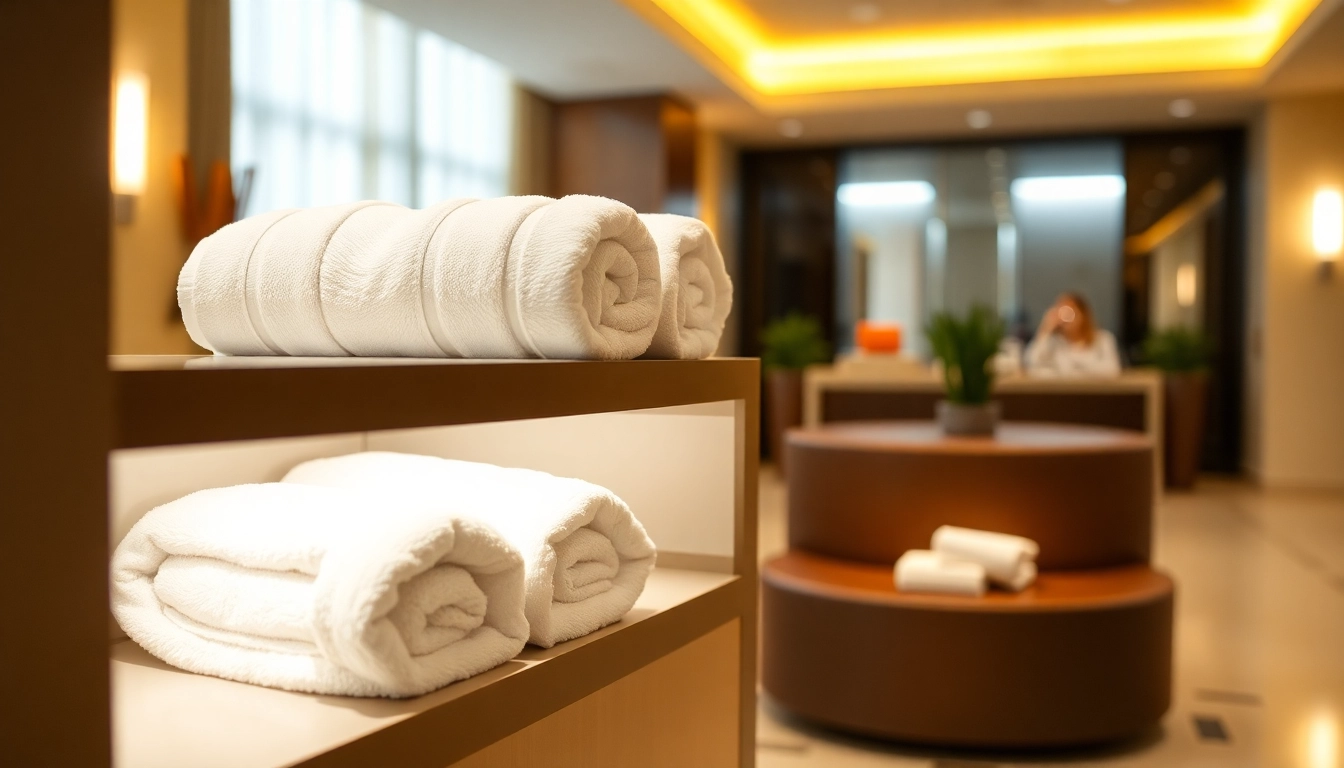How to Choose and Design Perfect Welcome Signs to Elevate Your Entryway
Understanding the Importance of Welcome Signs
Welcome signs serve as the inaugural greeting to visitors, homeowners, and guests, setting the tone for the entire experience they will encounter upon arrival. Whether placed at the front door of a residence, the entrance of a business, or along a garden path, these signs offer a warm, inviting message that reflects personal style or brand identity. As a key element of curb appeal and hospitality, well-designed welcome signs have a tangible impact on first impressions, making them an essential component of entryway decor. In today’s competitive environment, both homeowners and business owners recognize that customized, aesthetically pleasing welcome signs not only enhance visual appeal but also reinforce their unique personalities, themes, or branding strategies.
With the increasing popularity of online shopping and the availability of diverse customization options, selecting or designing the perfect welcome sign has become a more accessible and strategic process. From rustic farmhouse wooden plaques to sleek modern metal art, the variety of materials and styles allows for tailored expression that complements the overall aesthetic of any space. In this comprehensive guide, we will explore how strategically choosing and designing welcome signs can significantly elevate your entryway, improve guest experience, and even boost engagement and conversions for businesses.
For a curated selection of high-quality, customizable welcome signs that can transform your entryway, visit our collection at welcome signs and discover how the right sign can make a lasting impression.
Enhancing Curb Appeal and Customer Experience
The Role of Welcome Signs in Curb Appeal
Curb appeal is a vital aspect of any property’s first impression. A visually appealing entrance beckons visitors and passersby, conveying a sense of style, personality, and care. For homeowners, a charming welcome sign can complement architectural features, landscaping, and outdoor decor, creating a cohesive aesthetic that invites exploration. In commercial settings, a compelling welcome sign can distinguish a business from competitors, signal professionalism, and suggest a welcoming atmosphere that encourages foot traffic.
Studies have shown that first impressions are formed within seconds, and visual cues like a well-crafted welcome sign can significantly influence perceptions. For instance, rustic wooden signs evoke warmth and tradition, ideal for cafes or boutique stores, while sleek metal signs suggest modernity and sophistication, better suited for urban offices or upscale establishments.
Improving Guest and Client Experience
Beyond aesthetic appeal, welcome signs play a crucial role in guiding and informing visitors. Clear, attractive signage helps orient guests, reduce confusion, and create a comfortable environment. Customizable signs with personalized messages enhance the perceived hospitality of a space, making visitors feel valued and appreciated from the moment they arrive.
Furthermore, incorporating seasonal or holiday-themed welcome signs fosters a sense of engagement and celebration, strengthening emotional connections. For businesses, strategically positioned signs with calls-to-action or promotional messages can drive sales and boost customer loyalty.
Examples of Effective Use
Consider a bed and breakfast that updates its wooden welcome sign seasonally to reflect local fleurs and festive themes, instantly conveying warmth and attentiveness to guests. Or, a retail store that uses a modern metal sign with bold lettering to direct foot traffic towards special offers. These examples demonstrate that a thoughtful welcome sign is not just decoration but an integral tool for enhancing overall experience and perception.
Types of Welcome Signs: Wooden, Metal, and Custom Options
Wooden Welcome Signs
Wooden signs are among the most popular types due to their natural, rustic charm and versatility. Crafted from solid wood, these signs can be painted, stained, or left in their natural state, offering a warm, handcrafted feel. They are highly customizable, suitable for both outdoor and indoor use, and often feature elegant script fonts or decorative embellishments.
Native Range and River’s Edge are notable suppliers offering handcrafted options that emphasize quality and durability. Wooden signs are especially ideal for farmhouse, cottage, or vintage-inspired aesthetics. They can withstand outdoor elements when properly sealed, making them excellent for front porches, gardens, and patio entrances.
Metal Welcome Signs
Metal signs provide a sleek, contemporary look and are highly durable, making them suitable for outdoor environments exposed to weather. Available in materials like aluminum, steel, or copper, they can be laser-cut into intricate shapes or personalized with painted details. Metal signs are also eco-friendly, as many are made in the USA and designed for longevity.
Since metal signs can be customized with various finishes—rustic, brushed, or glossy—they are perfect for modern or industrial-themed spaces. They are low-maintenance and resistant to outdoor elements, including UV rays, rain, and snow.
Custom and Personalization Options
Custom welcome signs allow you to incorporate specific messages, names, dates, or themes. From wedding welcomes to business branding, personalization adds a unique, memorable touch that directly resonates with visitors. Some platforms enable designing your own sign with intuitive tools, choosing colors, fonts, and motifs to match your style.
Popular customization includes seasonal greetings, family names, or logos for businesses, making signage a versatile marketing and decorative tool. Whether you prefer handcrafted craftsmanship or digital design, the options are plentiful to suit any preference.
Popular Styles and Themes for Various Settings
Rustic and Farmhouse Styles
Rustic welcome signs exude warmth, charm, and nostalgia, often characterized by distressed wood finishes, handwritten fonts, and simple motifs like leaves, arrows, or farm animals. These signs work well in country cottages, wineries, and cozy cafes.
By incorporating natural materials and muted color palettes, rustic styles create inviting atmospheres that evoke comfort and tradition.
Modern and Minimalist Designs
Contemporary welcome signs lean towards sleek lines, monospaced fonts, and monochromatic color schemes. Materials like brushed metal or matte acrylic enhance their minimalist appeal. These are ideal for urban homes, modern offices, or boutique shops seeking a clean, sophisticated look.
Whimsical and Artistic Themes
Playful designs featuring vibrant colors, handcrafted illustrations, or quirky fonts can inject personality and fun. Suitable for nurseries, artistic studios, or casual eateries, these signs often incorporate elements like cartoon characters, floral motifs, or humorous sayings.
Seasonal and Holiday Themes
Adapting your welcome sign to seasons or holidays maximizes engagement. Use wreaths, pumpkins, snowflakes, or holiday-specific icons to create a festive mood. These seasonal updates keep your entryway fresh, engaging, and reflective of current celebrations.
Selecting the Right Welcome Sign for Your Space
Factors to Consider: Size, Material, and Placement
Choosing the optimal welcome sign involves analyzing your space, style, and purpose. Size is critical; a sign too small may go unnoticed, while an oversized sign can overwhelm the entrance. Measure available space carefully and select a proportionate size.
Material choice impacts durability and aesthetic. For outdoor use, weather-resistant materials like treated wood, metal, or acrylic are preferred. Indoor signs can be more delicate or ornate, depending on decor.
Placement also influences visibility and impact. For example, a sign placed at eye level next to the front door commands attention, while one hung higher or farther back may serve more as decorative background.
Matching Sign Design with Your Home or Business Aesthetic
The design should reflect your overall style. A rustic home benefits from distressed wood signs with handwritten fonts, while a high-end boutique might prefer sleek metal or acrylic signage with minimalist typography. Consistency in color schemes, fonts, and motifs enhances cohesion.
Personalization Tips for a Unique Touch
Adding personal touches, like family names, custom quotes, or logos, transforms a generic sign into a statement piece. Consider seasonal updates, monograms, or incorporate local symbols that resonate with your community or heritage.
Utilize professional design services or online customization tools to experiment with layout, colors, and fonts. Remember, a well-designed personalized sign can become a memorable focal point that enhances brand recognition or family pride.
Designing Your Own Welcome Signs: Tips & Best Practices
Choosing Color Schemes and Fonts to Reflect Your Style
Color psychology plays a vital role; for example, warm tones like reds and yellows evoke friendliness, while cool blues and greens foster calmness. Balance contrast to ensure readability—dark fonts on light backgrounds or vice versa.
Fonts should align with the tone—script fonts exude elegance or whimsy, while sans-serif fonts emphasize modernity and clarity. Limit to two or three complementary fonts to maintain visual harmony.
Incorporating Seasonal and Holiday Elements
Design flexibility is crucial for adapting your welcome sign to seasons. Incorporate motifs like snowflakes, pumpkins, or spring florals, and consider interchangeable elements or removable decals for ease of seasonal updates.
DIY vs. Professional Customization: Pros and Cons
DIY options, including using stencil paint or printable vinyl, are cost-effective and allow for personalized creativity. However, they may lack the polish of professionally crafted signs and may require more time and effort.
Professional customization ensures high-quality finish, durability, and intricate designs, especially for complex motifs or branding purposes. The trade-off is typically a higher price point and potentially longer lead times.
Installation and Care for Your Welcome Signs
Mounting Techniques for Different Materials
Proper installation prolongs the life of your sign and maintains aesthetics. Wooden signs can be hung using hooks, nails, or adhesive strips, while metal signs might require rust-resistant hardware. Use anchors for heavier signs and ensure secure attachment to withstand weather conditions.
For indoor signs, simple hooks or stands are usually sufficient. Always follow manufacturer instructions for mounting hardware to prevent damage.
Maintaining Outdoor Signs for Durability
Regular cleaning is essential; use mild soap and water for most materials. Seal or repaint wooden signs periodically to prevent weather damage. For metal signs, check for rust spots and treat promptly.
Applying protective coatings like clear weatherproof varnish extends lifespan, especially in harsher climates. Store seasonal signs indoors during severe weather or winter months to preserve quality.
Seasonal Updates and Replacement Tips
To keep your entryway inviting, plan seasonal swaps of your welcome signs. Use interchangeable decals or lightweight signs for easy updates. Inspect signs regularly and replace those showing significant wear or damage, ensuring longevity and continued aesthetic appeal.
Boosting Engagement and Conversions with Effective Sign Strategies
Using Sign Placement to Guide Visitors and Customers
Strategic placement enhances navigability. Position signs at eye level along walkways, near entrances, or at decision points to direct traffic flow. Use multiple signs for large spaces to guide guests seamlessly from arrival to your door.
Integrating Call-to-Action Messages
Encourage specific actions such as signing up for newsletters, visiting a sale, or following social media. Phrases like “Welcome! Join our family” or “Discover our specials” motivate engagement. Combining visual cues with persuasive messaging increases effectiveness.
Leveraging Seasonal Campaigns and Promotions
Seasonal themes and promotions create urgency and relevance. For instance, display holiday discounts or event announcements on your welcome sign, attracting more foot traffic and boosting sales. Updating signage regularly aligns your decor with current campaigns and keeps your space lively and inviting.



